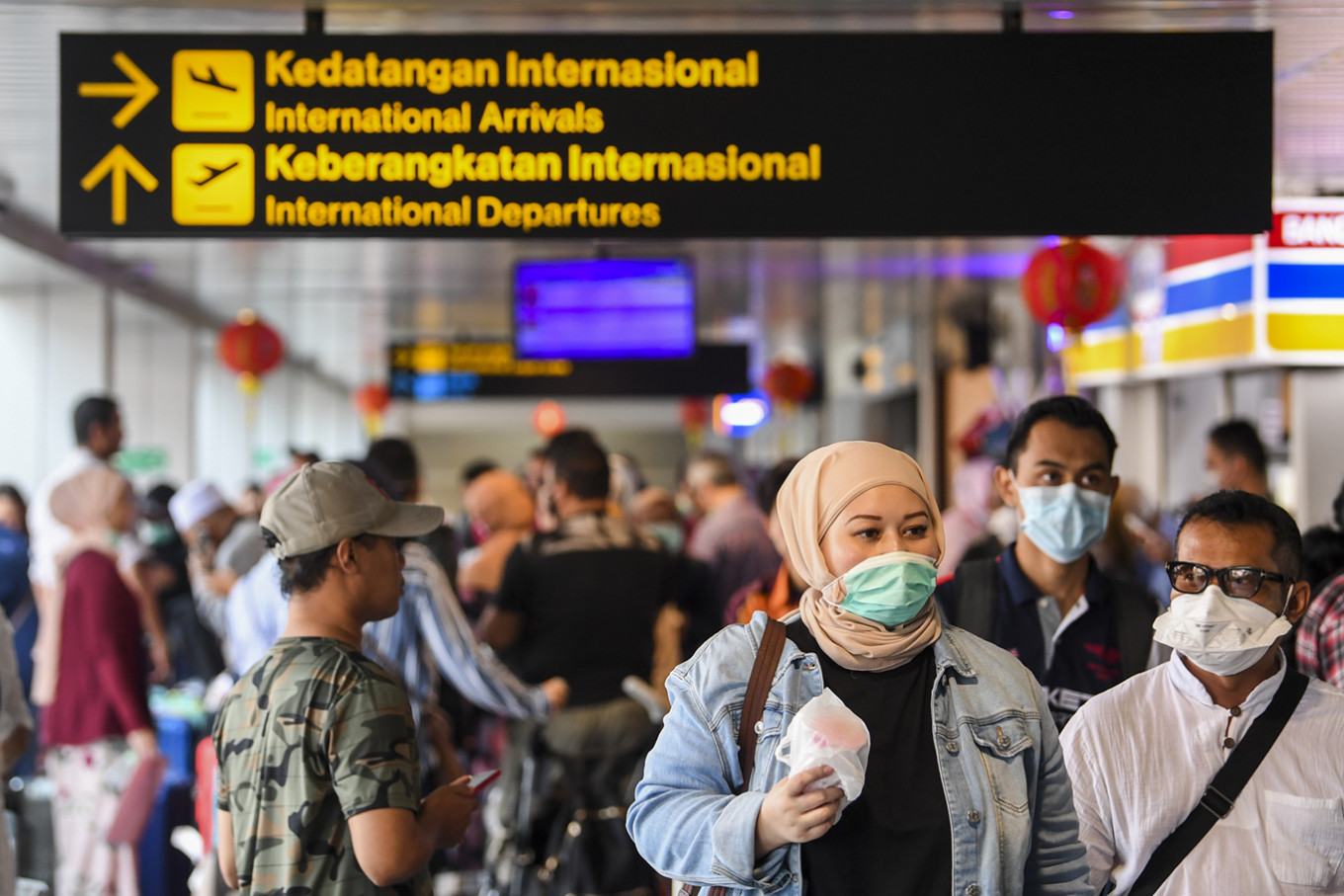For months, Indonesia’s “pray-for-prevention” Health Minister and “virus-free-vaccation” President pretended that the country was shielded by some miraculous force-field from the pandemic that was consuming much of the world. For months, most thinking people in Indonesia and elsewhere have know that was absolute nonsense.
The country was able to maintain its claims that it had virtually no [confirmed!] cases because it was doing virtually no testing. A few people, including Jakarta governor Anies Baswedan, was more realistic about the dangers, but with access to labs more or less denied, it was hard to get a grip on what was really going on. On the day that enterprising Reuters journalists reported a 40% rise in funerals in Jakarta, the government’s Dalang-in-Chief was still in favour of allowing millions of people to drain out of the city into the villages of Java — one of the most densely populated islands on earth.
As anyone who lived through the early years of the HIV epidemic will remember, NO TESTING = NO PROBLEM is a common trick among governments who wish to close their eyes to public health problems. Plenty of governments, not least the UK, have played that card during COVID-19. In the last couple of weeks, the country has tried to ramp up testing — a total of 113,000 tests have been conducted so far (10/05/2020). That’s still only 40 for every million Indonesian citizens. So the 14,000 infections reported so far are unlikely to reflect the true picture. But as the Reuters journalists showed, there are often other indicators, besides confirmed COVID tests. Set the 3,000 excess funerals in March and April (in the capital alone) against the official Covid death toll of 973 (nationwide), and you’ll begin to see how useful indirect sources of data can be.
In fact, because Indonesia has done so well at expanding the national health insurance scheme JKN, Indonesia has an amazing source of data from which to estimate the true course of infection. Over 220 million Indonesians are insured by the scheme. If they are referred by their primary care centre, those people can flash their insurance cards at any of the 2,300 hospitals that accept JKN patients, and get treated for free. The hospitals get reimbursed by BPJS, the agency that manages the scheme, against diagnostic codes that map on to standards used by the World Health Organisation and others, known as ICD-10 codes. They get paid x for any patient with a stomach ulcer (code 765/K25), and y for any patient with spondylosis (code 924/M47). That makes for a huge database of illnesses treated in hospitals.
Though COVID-19 now has its own ICD-10 code (U07.1), that probably wasn’t in use in most Indonesian hospitals at the start of the epidemic, even for the handful of patients who had confirmed diagnoses. But we know enough about the major hospitalising symptoms of COVID-19 to be able to guess what those cases will have been coded to: pneumonia, mostly, along with various other types of respiratory distress.
So… someone with access to BPJS data could pull all the claims made under those codes, as well as data on patient outcomes, and compare them with the same months in previous years. If you want to compare sheer numbers, you’d have to adjust for the increase in JKN enrolment and hospitals. (If you compare proportion of all claims made under these codes, adjustment is less important.) Imagine that, after adjusting, pneumonia claims (like burials) are 40 or 50% higher, and that the rise began in late January. It would suggest that the first case of domestic transmission was not, as the government claimed in the second week of March.
This kind of analysis:
* would be really useful in informing epidemiological models (in Indonesia and elsewhere);
* would make a great publication for an academic;
* would not be hard to do.
I’ve posted a suggested methodology on my Dataverse. I suggested it to the data department of BPJS and an Indonesian academic group over a month ago, but as far as I know, no-one is working on it. So now I send the idea out there for anyone who can get hold of the data to work on. Yeah, there’s the rub! BPJS is a government agency, and the government (at least the central government) has been less than transparent with data related to the epidemic. Indonesia is not short of reliable data which could be used to understand the epidemic. But it is, perhaps, short of people who really want to know what’s going on.
Maybe Jakarta Governor Anies Baswedan will take the lead, and oblige BPJS to make these data available for academics to analyse at least for the capital city. If he does that, I’d be happy to support any Indonesian researchers who want to do the analysis and get it published.






I had been curious about the lack of info. And when a friend’s mother was hospitalized w covid 19 in singaraja in late March I knew things had to not be good. Thanks for your continued commitment to Indonesia.
Very interesting read and it’s great to get your perspective and insight. There has been so much speculation about the lack of info or cases. There also seems to be an unusually high number of people with dengue, many of my friends have had it and some suggest it might also be mis-diagnosed.
Sad news , but grateful for it ,read etc, some years ago so I’m a big fan, I’ll pass this on to my lovely friends who live there
Is the writer an MD? It seems she doesn’t understand the problems
No, I’m not an MD, I’m an epidemiologist. That’s why the first step in my proposed methodology is to consult with MDs to make sure that the chosen codes are correctly selected as those potentially indicative of symptoms that might be COVID-related, in the absence of a confirmed test result. I’d be to learn more about what you believe the problem is. Thanks for taking the time to share.
Have been waiting for you to write an article regarding current outbreak in Indonesia. Loved your work! also an interesting research proposal, hopefully someone will do it.